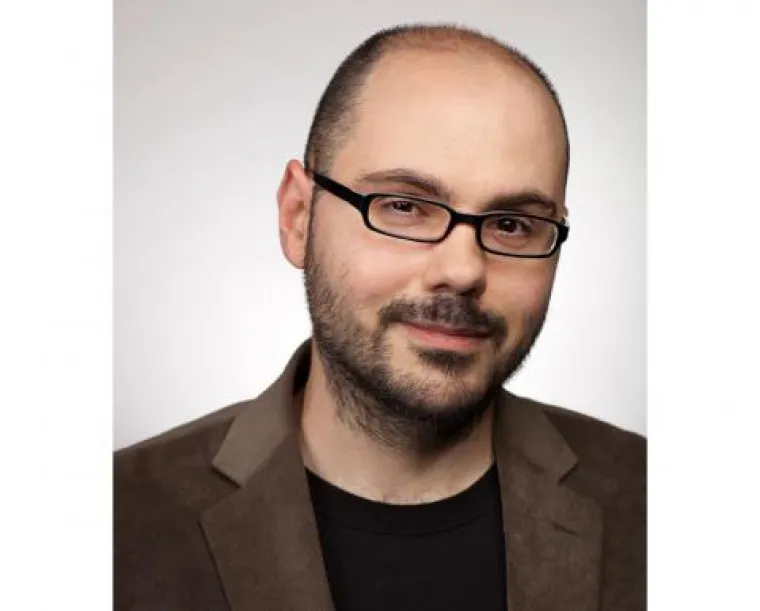Fabian-Xosé Fernandez, Ph.D.
Degree(s):
PhD in Neurosciences, Stanford University
(Advisors: Craig C. Garner and H. Craig Heller)
BSc, Interdisciplinary Studies in Neurobiological Sciences, University of Florida
Graduated Summa cum laude
Office:
Psychology 507 / Life Sciences North 318 (Lab)
Homepage:
https://scholar.google.com/citations?user=VirL3hwAAAAJ&hl=en&oi=ao
Research Interests:
- Establishing the logic used by the circadian pacemaker to interpret multidimensional light patterns
- Developing light-emitting diode (LED) photo-stimulation protocols to improve mental and physical health across the lifespan
- Understanding the role that nocturnal wakefulness plays in suicide risk and developing countermeasures centered around light exposure
Circadian timekeeping is fundamental to human health. Unfortunately, under many clinical circumstances, the temporal organization of our minds and bodies can stray slowly from the Universal Time (UT) that is set with the Earth’s rotation. This disorganization has been linked to progression of several age-related and psychiatric diseases. Non-invasive phototherapy has the potential to improve disease outcomes, but the information that the brain’s clock tracks in twilight (or any electric light signal) to assure that a person entrains their sleep-wake cycles to the outside world is not understood. The central theme of my research program is to fill in this blank and to usher in an era where therapeutically relevant “high-precision” light administration protocols are institutionalized at the level of the American Medical and Psychiatric Associations to change the standard of care for a wide variety of conditions that impair quality of life. Of the conditions my lab is currently studying, we are particularly interested in how chronic and quick, sequenced light exposure can be designed to: 1. promote normal healthy aging and 2. strengthen adaptive cognitive/emotional responses to being awake in the middle of the night (12-6AM), a key interval of the 24-h cycle that we have associated with increased suicidal ideation and mortality. Our circadian work on suicide is done in very close partnership with the University of Arizona Sleep Health and Research Program directed by Dr. Michael A. Grandner.
Selected Publications:
Tubbs A.S., Perlis M.L., Basner M., Chakravorty S., Khader W., Fernandez F., and Grandner M.A. (2020). Relationship of nocturnal wakefulness to suicide risk across months and methods of suicide. The Journal of Clinical Psychiatry, 81, 19m12964. PMID: 32097547
Kaladchibachi S., Negelspach D.C., Zeitzer J.M., and Fernandez F. (2019) Optimization of circadian responses with shorter and shorter millisecond flashes. Biology Letters (Royal Society Publishing),15, 20190371. PMID: 31387472
Negelspach D.C., Kaladchibachi S., and Fernandez F. (2018). The circadian activity rhythm is reset by nanowatt pulses of ultraviolet light. Proceedings of the Royal Society of London B: Biological Sciences, 285, 1884. PMID: 30068685
Fernandez F., Lu D., Ha P., Costacurta P., Heller H.C., and Ruby N.F. (2014). Dysrhythmia in the suprachiasmatic nucleus inhibits memory processing. Science, 346, 854-857. PMID: 25395537
Ruby N.F., Hwang C.E., Wessells C., Fernandez F., Zhang P., Sapolsky R., and Heller H.C. (2008). Hippocampal-dependent learning requires a functional circadian system. Proceedings of the National Academy of Sciences, 105, 15593-15598. PMID: 18832172
Fernandez F., Morishita W., Zuniga E., Nguyen J., Blank M., Malenka R.C., and Garner C.C. (2007). Pharmacotherapy for cognitive impairment in a mouse model of Down syndrome. Nature Neuroscience, 10, 411-413. PMID: 17322876


